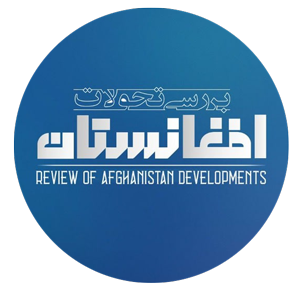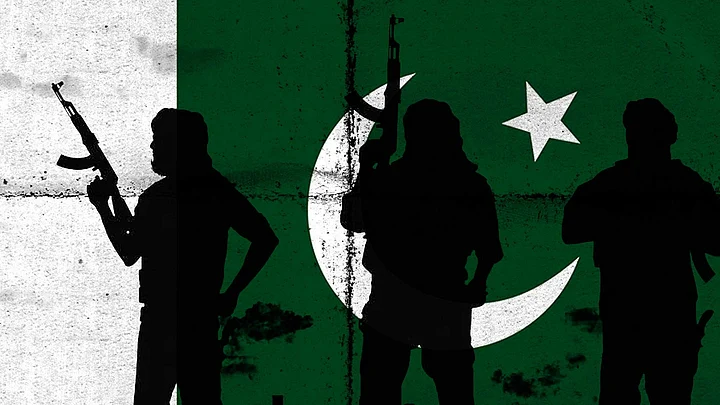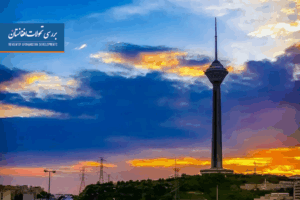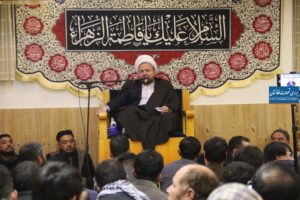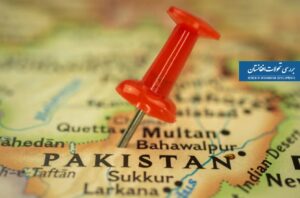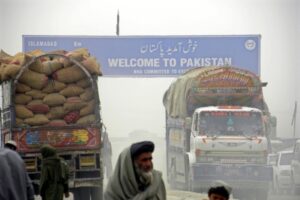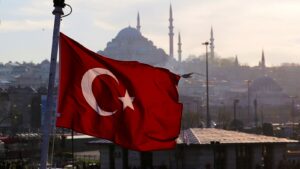Review of Afghanistan Developments
Over the decades, Pakistan has adopted a strategy focused on achieving strategic depth in Afghanistan. This approach is driven by two principal objectives: to foster a government in Afghanistan that is subordinate and aligns its domestic and international policies with Pakistan’s interests, and to position the Afghan government as a strategic partner and ally in the context of the Indo-Pakistan conflict.
Opposing Pakistan’s strategic approach, the central governments of Afghanistan have not only resisted its policy of strategic depth but have also taken steps in a contrary direction. These governments have disregarded Pakistan’s economic and political demands within their territory and have aimed to fragment and sought to undermine Pakistan’s integrity by asserting claims related to currency and borders. Moreover, they have prioritized the development of strategic relations with India as part of their agenda.
The Taliban government and Pakistan’s strategic depth policy
The strained relations between Kabul and Islamabad, which were a consequence of the Afghan republican government’s opposition to Pakistan’s strategic depth policy, led to the Afghan system’s collapse. After the fall of the previous Afghan government and the Taliban’s resurgence, it appeared that the hostile relations between Afghanistan and Pakistan had finally subsided. Many believed that the Taliban could serve as an effective instrument for Pakistan to fulfill its strategic depth aspirations. In a bid to assert its strategic ambitions in Afghanistan, Islamabad dispatched its intelligence chief, Faiz Hamid, to Kabul during the second week after the Taliban’s takeover, where he was notably photographed holding a cup of tea at the Kabul Serena Hotel.

Despite Pakistan’s optimism, the three years of Taliban governance in Afghanistan revealed that the Taliban did not align with Pakistan’s strategic depth policy as many had anticipated. Instead, their conduct closely mirrored that of previous Afghan administrations, indicating that Pakistan’s strategic depth policy remained unfulfilled even during the Taliban’s rule.
Pursuing a policy of strategic depth with new tools
Pakistan remains steadfast in its policies and objectives regarding Afghanistan and has resumed its strategic maneuvers to compel the Taliban government to acquiesce to its demands. This time, the tactics employed include exerting economic pressure by sealing its shared borders with Afghanistan, bolstering factions within the ruling structure that align with its interests, and, most alarmingly, covertly backing groups that pose a threat to Afghanistan’s security, including anti-Taliban militias, while publicly disavowing such support.
The strategy of applying economic pressure on Afghanistan by shutting down borders and customs, although it may impact the struggling Afghan economy, proves to be an ineffective tool for exerting pressure. This ineffectiveness arises from Afghanistan’s pivot towards economic collaboration with Central Asian nations and Iran to alleviate the resulting losses. Moreover, the repercussions of economic pressure can be counterproductive, as they have also harmed the crisis-stricken economy of Pakistan.
The second, more cost-effective option involves placing aligned elements in positions of power within Kabul’s political structure. However, a major hurdle to this strategy is the negative attitudes prevalent in Afghan public opinion towards Pakistan, which have significantly influenced the Taliban as well. Therefore, even if aligned elements manage to gain power, they may lack the necessary courage and political space to support pro-Pakistan initiatives. In this situation, Islamabad may be left with no choice but to pursue a third option: leveraging armed opposition groups that have demonstrated considerable effectiveness and experience in serving Pakistan’s interests. This strategy has historically enabled Pakistan to dismantle central governments in Afghanistan over the past fifty years.
If the Taliban government fails to adhere to Pakistan’s strategic depth policy, which is crucial for the nation’s stability and well-being, Islamabad will definitely choose to provide covert support for Taliban’s armed opposition while publicly denying any involvement with them. Indications suggest that Pakistan is beginning to enter this stage.
Limited and deliberate use of ISIS-K
Achieving cohesion and unity among the fragmented forces opposing the Taliban, as well as establishing common interests with Pakistan, necessitates substantial time and financial resources. Therefore, one of the strategies available to Pakistan is to engage ISIS-K as a prompt solution. The Pakistani leadership is fully aware of the inherent risks associated with ISIS-K and the sensitivities that this group evokes on both regional and global levels. Nevertheless, Rawalpindi possesses the expertise to utilize ISIS-K in a measured and controlled approach against the Taliban government.
Limitations to the policy of strategic depth
The situation analysis indicates that Pakistan will steadfastly uphold its strategic depth policy in Afghanistan, no matter the circumstances, and will resort to various tactics to pressure the Taliban government and achieve its goals. In contrast, the Taliban government has a range of effective tools to counter Pakistan’s influence. Among these, the Tehreek-e-Taliban Pakistan (TTP) stands out as a significant asset. A key asset in this regard is the Tehreek-e-Taliban Pakistan (TTP), which has shifted the previously one-sided approach of employing opposition groups in the Afghanistan-Pakistan context into a mutual engagement, enabling Afghanistan to retaliate against Pakistan for the first time.
Additionally, unlike in the past, there are few countries, whether neighboring or remote, that endorse Pakistan’s destructive behavior in Afghanistan. Even though Pakistanis have the potential to synchronize their actions and goals with certain powers, especially the United States, any disturbance to the stability of Afghanistan is considered unacceptable by all major countries in the region and its adjacent nations. As a result, Pakistan finds itself alone in this struggle and, considering its disordered internal conditions, is unable to utilize a comprehensive array of factors against Afghanistan.
The concerning aspect is that should the relative stability in Afghanistan be disrupted and the Taliban government engages in various security challenges, even if Pakistan does not aim to alter the regime in Afghanistan via proxy armed factions, the delicate stability in Afghanistan will be undermined, potentially reigniting the destructive cycle witnessed over the past forty years. Given these conditions, the instability in Afghanistan is likely to affect the surrounding areas, thereby creating a situation that aligns more with the objectives of the West, especially those of the United States.
Over the past few decades, Pakistan’s strategic depth policy has played a crucial role in fostering instability in Afghanistan, and we are now witnessing the resurgence of its harmful effects in that region. Furthermore, it is essential to recognize that the negative outcomes of this policy have also had repercussions for Pakistan.
